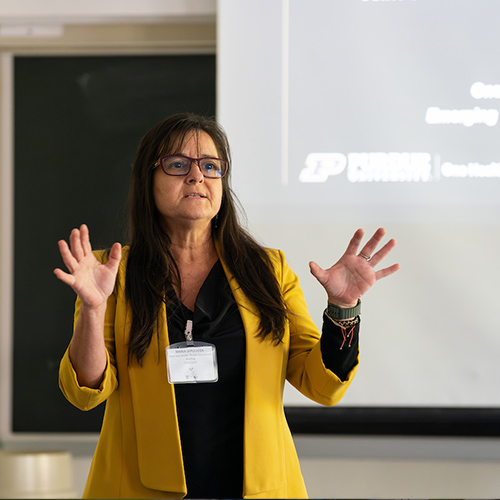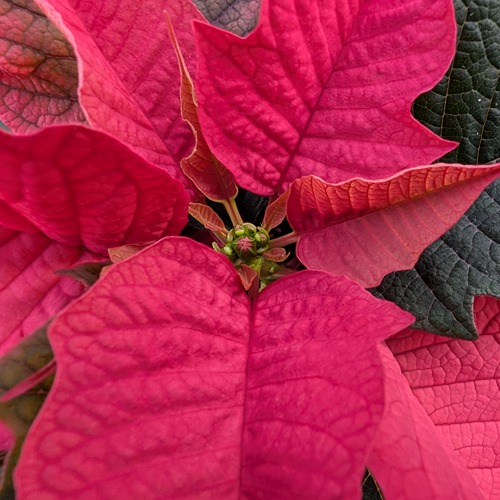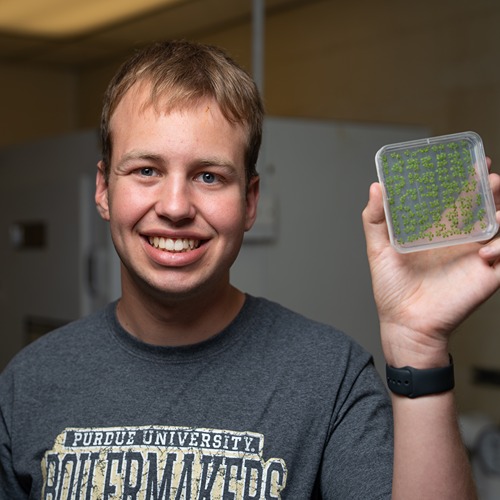Forestry & Natural Resources
Mayflies' Reaction to Pollutants Differs by Population
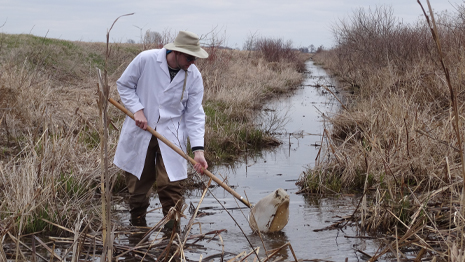 In toxicology, there is an assumption that all populations of species are the same. A recent study by graduate research assistant D. Riley Rackliffe and associate professor of vertebrate ecology Jason Hoverman aimed to test that assumption and found dramatic variation in how mayfly (Heptageniidae) populations reacted to pollutants.
In toxicology, there is an assumption that all populations of species are the same. A recent study by graduate research assistant D. Riley Rackliffe and associate professor of vertebrate ecology Jason Hoverman aimed to test that assumption and found dramatic variation in how mayfly (Heptageniidae) populations reacted to pollutants.“We often look at species as homogeneous across their range, aka, a mayfly from one creek in Michigan is the same as a mayfly from Indiana so long as they are the same species,” Rackliffe explained. “This is particularly important in how they respond to pollution. This study demonstrates that populations of the same species from different places responded differently to the same pollutant. So, you can't just find out what amount of pollution one population can handle and assume all other mayflies are equally tolerant to it.”
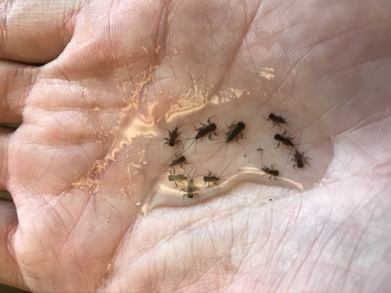
In fact, Hoverman and Rackliffe’s research found that mayfly sensitivity to neonicotinoids, an agricultural insecticide, may vary as much as 6.5 times between different mayfly populations.
“Whether the variation in pesticide tolerance is the result of inherent differences in the populations or an evolutionary response to pesticide exposure is an open question in mayflies,” Hoverman notes.
Regardless, this research has far reaching implications especially to those responsible for assessing the toxicity of pesticides, as pesticides must be assessed regarding potential damage to the environment as part of the licensing process.
“As part of this process they test it on various organisms to see how toxic it is,” Rackliffe said. “This (study) demonstrates that we could be underestimating the environmental risk of pesticides if our test organism comes from unusually tolerant populations. It also has implications for people concerned about water quality as we often use mayflies as "canaries in the coal mine" to tell us if a body of water is polluted. What if the canaries (the mayflies) are evolving greater tolerance to the pollutants?”
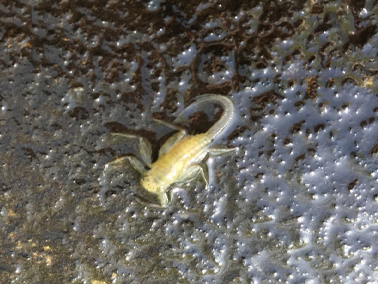
The study, which seeks further explanations regarding variation in responses to pesticides, is at the heart of Rackliffe’s research. It also builds upon other studies that have found variation in pesticide tolerance in other organisms like frogs.
“Understanding why some populations tolerate exposure to pesticides while others are heavily impacted may allow us to preserve biodiversity that might otherwise be lost,” Rackliffe added. “This could be done by establishing appropriate pesticide-free refuges, carefully monitoring the amount of pesticides used, or creating ways to keep pesticides from leaving the target areas (fields) and entering non-target habitats (creeks).”
Read Rackliffe and Hoverman’s paper “Population-level variation in neonicotinoid tolerance in nymphs of Heptageniidae in Environmental Pollution’s October 2020 issue. The abstract is available here: Population-level variation in neonicotinoid tolerance in nymphs of the Heptageniidae
